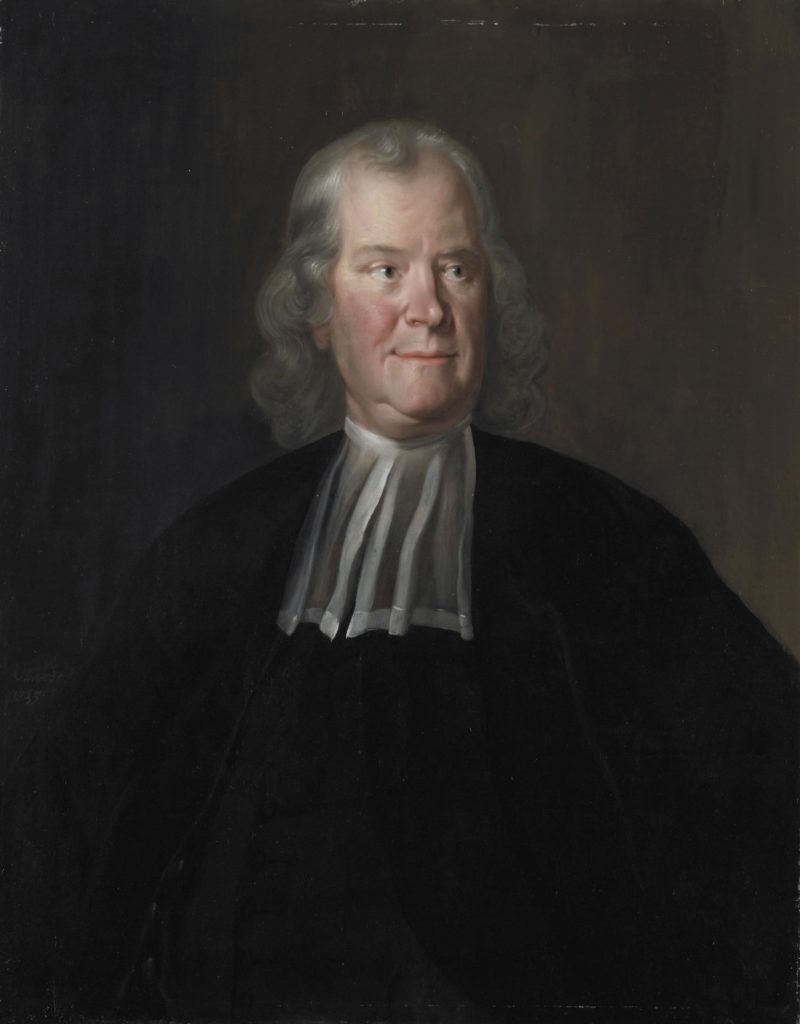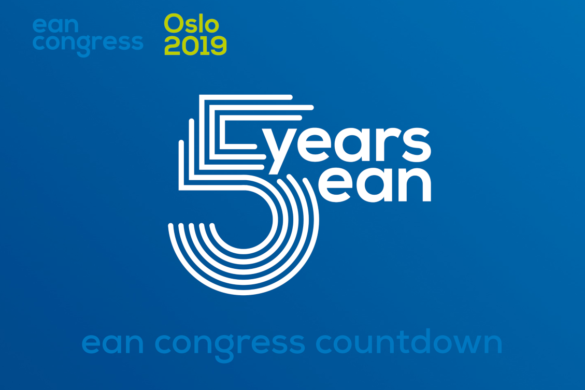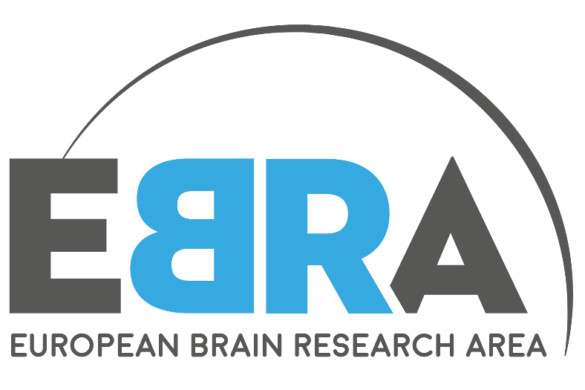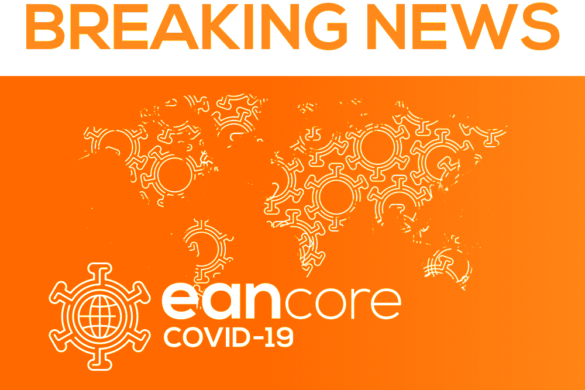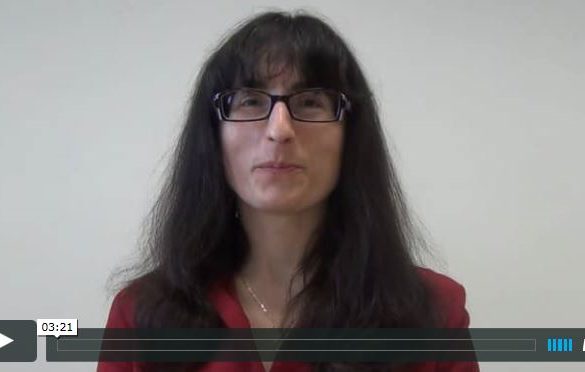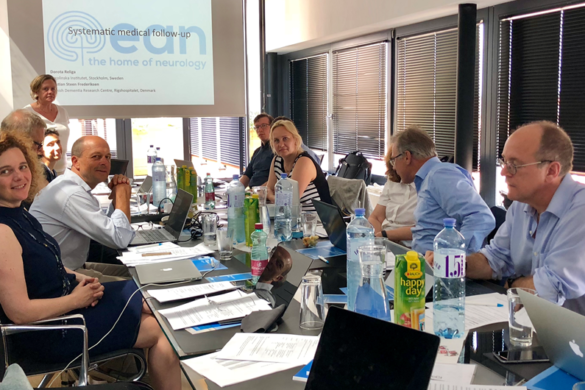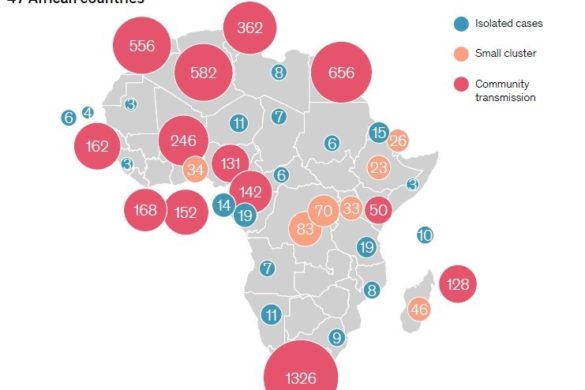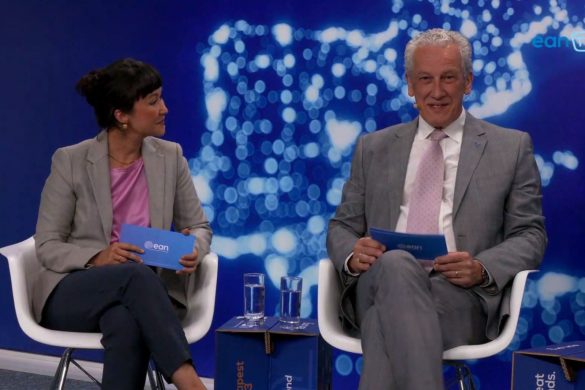By Dr. Ewoud van Dijk, president Netherlands Society of Neurology
Dr. Nynke Kalkers, secretary Netherlands Society of Neurology
The Netherlands means “low countries” and for good reasons because more than 25% of our country lies below sea level in the deltas of the rivers Rhine and Muse. Already in the late-middle ages the Dutch cooperated in so called water boards to protect from flooding. In the mean while reclaiming vast areas of land from the sea by making them into polders. No wonder there are good civil engineering universities for building bridges and complicated water works such as the Delta Works. Despite the low location, the Netherlands is densely populated (504 people per km2) and prosperous with highly developed trade (harbour of Rotterdam), agriculture (second exporter of the world) and technology (e.g. Phillips, ASML).
Through the centuries there has been a lot of trading and migrating and the inhabitants of the Netherlands are multinational and multicultural. The official language is Dutch, but all scholars are taught English as well in school and most of the scholars have the possibility to learn German, French, Spanish and Chinese. The Netherlands is mostly known for its famous painters like Rembrandt, van Rijn and Frans Hals, museums like the Rijks-, Van Gogh and Anne Frank museum, the Royal Concertgebouworkest, but also by de Delta Works, the football player Johan Cruijff and Ajax, and by contemporary music heroes such as DJs Armin van Buuren, Tiësto and Martin Garrix. More politically, the Dutch are known for the legislation of soft drugs and the legislation on euthanasia.
The capital, Amsterdam, is very attractive for tourists because of the old Dutch houses, the channels, the museums, soft drugs and the ‘Red Light District’. Not being too far from the sandy beaches, it is an ideal holiday spot.
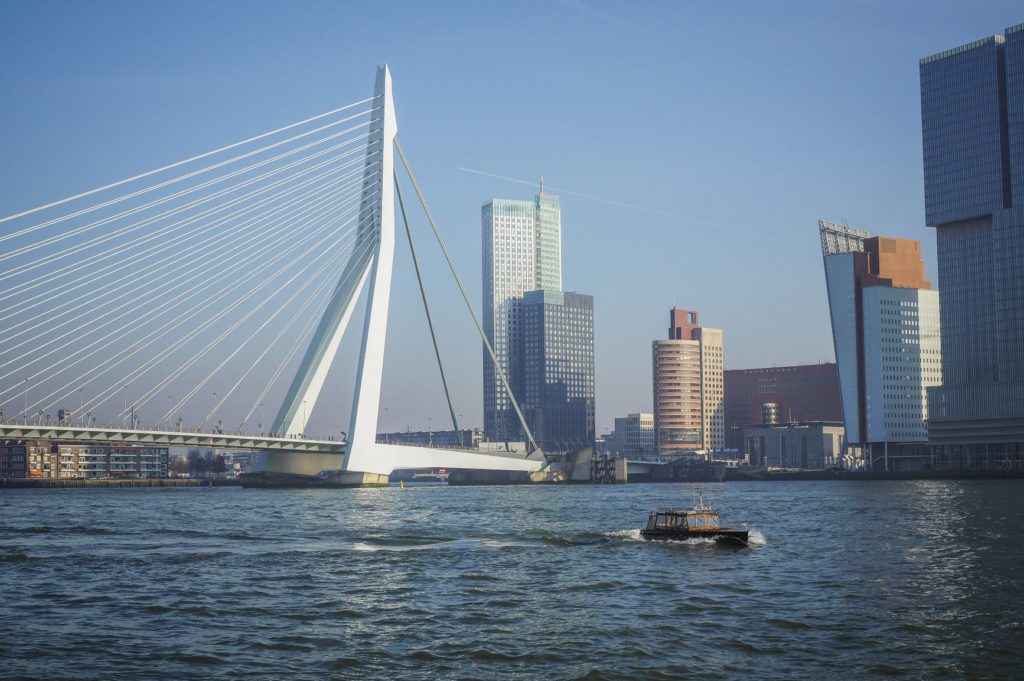
Neurology
Probably Franciscus de le Boë Sylvius (1614 – 1672), a professor in the city Leiden, is the most often mentioned Dutch doctor, as after he defended William Harvey’s theory of the blood circulation he had the Sylvian fissure and aqueduct named after him. Also, Boerhaave is a name with international reputation.
In the 19th century neurology was born as a medical specialty, albeit like in Germany in the early years as a part of psychiatry. In 1893, Cornelis Winkler was appointed first professor of psychiatry and neurology at Utrecht University and in the Netherlands. In 1897, the Netherlands Society of Psychiatry, founded in 1871, changed its name in Netherlands Society of Psychiatry and Neurology. In 1899, Johannes Wertheim Salomonson who was the first to recognize ischias in a patient with scoliosis was appointed first professor of nervous diseases and röntgenology in Holland.
Only in 1973, the Netherlands Society of Neurology was split from the Dutch Society of Psychiatry and Neurology. In 2017 the Congress of the European Association of Neurology took place in Amsterdam.
We have 7 academic hospitals. All medical faculties have been fused with academic hospitals to become university medical centres (UMCs) for specialised patient care, research and training of doctors and medical specialists. In total there are around 87 hospitals in the Netherlands.
Each year around 2.000 scholars pass a decentralized selection procedure and start their medicine study at a medical faculty. We have the bachelor-master model of 6 years duration. Most faculties have internships at the end of the study.
It takes 5 years and 5-month training to become a Board-registered neurologist. All UMCs and 7 large regional hospitals are licensed for the full training programme, that includes at least one-year exchange stage between them. Many other regional hospitals are licensed for a one-year training period in an exchange programme with a UMC. All residents can fill in one year with specialised internships, e.g. movement disorders, neuromuscular disorders, stroke, multiple sclerosis, or with research. This year can also be used for training as child neurologist or clinical neurophysiologist.
The neurologist training plan, NEURON2, describes the levels of competence that a resident must achieve. Each resident is obliged to make an individual training plan that can be discussed and fine-tuned with the training group and adjusted if needed.
Although most Dutchmen are reasonably fluent in the English language, medical and neurological trainings are in Dutch.
In the Netherlands there is a universal coverage of health insurance, based on solidarity. There is a basic insurance with the same price for everyone, which includes alle necessary basic health costs. Additional insurance contracts can be acquired for complex dentistry, extensive paramedic care, etc.
Patients are free to choose their doctor. They have a right to be informed. An important new development that influences how we work, is the electronic patient file, that the patient can read himself if they prefer.
In these low-lying countries, we have learned to collaborate. We still hold that characteristic dearly. Nowadays many foreign researchers see their Dutch colleagues as one group. We are capable of setting differences aside and working closely together in research. UMCs have specialised in themes of research that may overlap, but that are usually complementary. Neurologists in general hospitals are enthusiastic to collaborate.
These factors led to development of centres for diseases where the best patient care is combined with research. Examples are the Alzheimer Centers, ParkinsonNet, ALS Centrum Nederland.
The Nederlandse Vereniging voor Neurologie (the Netherlands Society of Neurology) has 1.450 members. 985 are active neurologists, 80 retired neurologists and 375 are residents. About 50% of the neurologist is female. 65%of the residents is female.
Please read articles by Dutch authors published in the European Journal of Neurology
Netherlands and COVID-19
Now that we are in the Covid pandemic we are unfortunately not able to see our colleagues on live occasions. Some neurologists are working on Covid wards as residents of internal medicine, or on the first-aid department to check patients on Covid. Whereas other neurologists take over the outpatient clinic of their own residents, as a shift in jobs. Everyone works very hard to maintain good care for all patients.
By transforming our yearly national scientific symposium and our two-yearly cyclic teaching courses (Biemond Courses) to online sessions, with newsletters, and with digital meetings we stay in touch with our committees and members.
